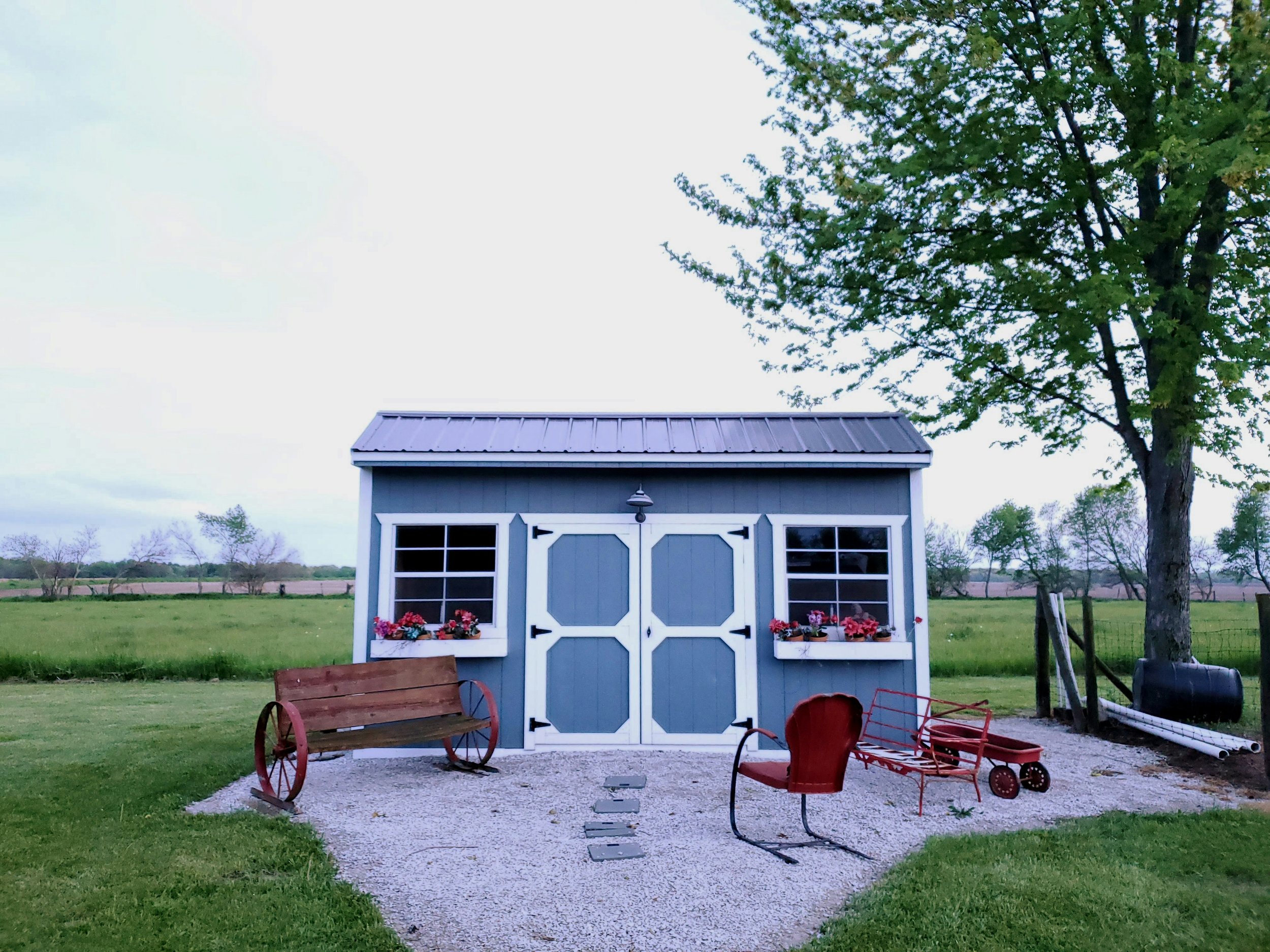Changes to granny flat regulations in Victoria
In a move aimed at easing the housing crisis for Victorians, the Labour Government has introduced significant changes to granny flat regulations as part of its recent Housing Statement. Here's what you need to know:
Key Changes
Previously, occupants of granny flats had to be dependent on the main household. Now, they may have the option to rent out their granny flats, providing more flexibility in housing arrangements.
Small second homes, or granny flats measuring under 60m², will no longer require a planning permit on properties larger than 300 square meters without flooding or environmental overlays. This move aims to simplify the process for Victorians, removing the hurdle of obtaining planning approval.
NSW made similar changes 14 years ago.
With the cost of living skyrocketing, many families struggle to live in established areas. These changes make it easier for families to build small second homes on their own properties, facilitating proximity to essential amenities like jobs, public transport, education, and healthcare services.
Usage Flexibility and Compliance
There are now no restrictions on how small second homes can be used. They can serve various purposes, from keeping family members close, to providing temporary housing or generating additional rental income.
Despite the relaxation of planning permit requirements, compliance with building permits, setbacks, and siting requirements is still mandatory. Furthermore, small second homes cannot be subdivided or separately sold from the main dwelling.
Housing Challenges and Opposition
The housing crisis is a stark reality, with Melbourne's rental vacancy rate plummeting to 0.9% in November 2023. Additionally, it takes an average of 11 years and 2 months for a Melburnian aged 25-34 to save a 20% deposit for an entry-level house.
But not everyone is on board with these changes. Authorities in Boroondara have raised concerns about the impact of granny flats on neighbourhood character, amenity, and parking availability.
So How Do We Address the Housing Crisis?
Despite opposition, addressing the housing crisis is paramount. Without proactive measures, the number of people living below the poverty line, and the rates of homelessness, will continue to rise.
These regulatory changes mark a significant step forward in addressing housing challenges in Victoria, offering hope for improved accessibility and affordability in the housing market. However, balancing housing needs with neighbourhood concerns remains a delicate task for policymakers.
If you’d like to know more don’t hesitate to contact us with any questions.

